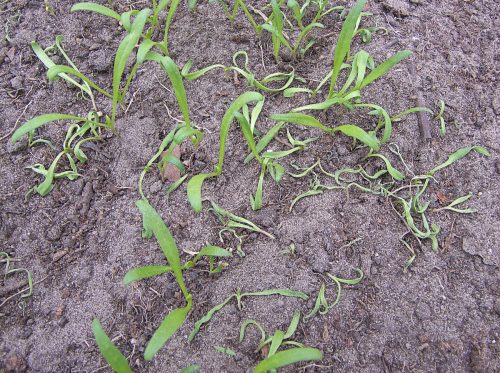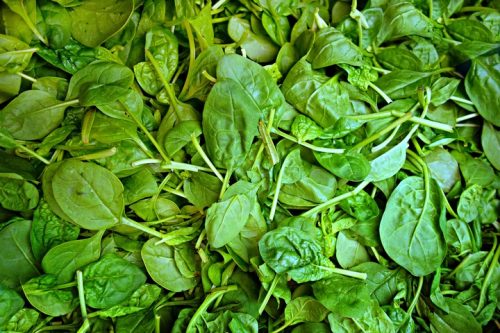Spinach; there is a spinach variety for every seasonal crop.
You are viewing the mobile-adapted version of the page.
The one for tablets, laptop and desktop also provides general information, such as origin and cultivation.
Spinach – (Spinacia oleracea). There is a spinach variety for every seasonal crop. Spinach likes fertile soil in which it can easily take root. Give plenty of water to keep leaf growth going. Spinach is not very susceptible to diseases. For winter cultivation, sow in August and September in well-drained soil in a sheltered but sunny spot. Harvesting can be done in March and April – provided the winter is not too severe. Sowing under glass in the fall produces a winter crop of spinach. Mice also eat spinach in the winter when food supplies are low, which can be a problem. When growing in the greenhouse or cold frame, fertilize with caution: any excess nitrate is easily absorbed by spinach, causing excessive nitrate levels in spinach.
Bugs
In spring, the beet leafminer (aka spinach leafminer) lays its eggs on the underside of leaves, followed by leaf mines: larvae of the beet leafminer (Pegomya hyoscyami). Occurs mostly in cool summers.
Twisted leaf growth, twisted and thickened stems: stem nematode (Ditylenchus dipsaci). Sometimes you can find galls in the leaf axils.
Curled leaves; in some places there is an aphid of about 2 mm in size: Green peach aph
Feeding on the underground parts of seedlings: pygmy mangold beetle (Atomaria linearis).
Fungi & diseases

Young plants fall over, stems turn brown and glassy: Phoma leaf spot (Phoma betae).
Pale spots on the top of the leaves, gray fungus under the leaves: Downy mildew (Peronosporaceae species).
Yellow-green, circle-shaped spots on leaves; festooning lines: cucumber mosaic virus (CMV).
Other
Mice eat the spinach leaves when there is a food shortage in winter.

